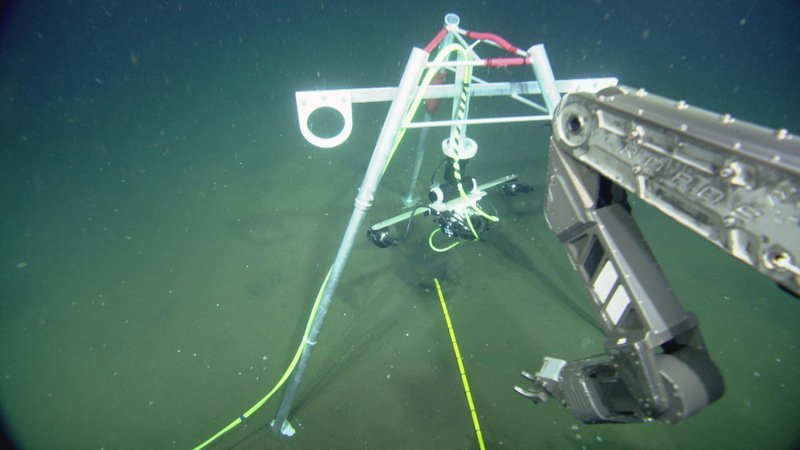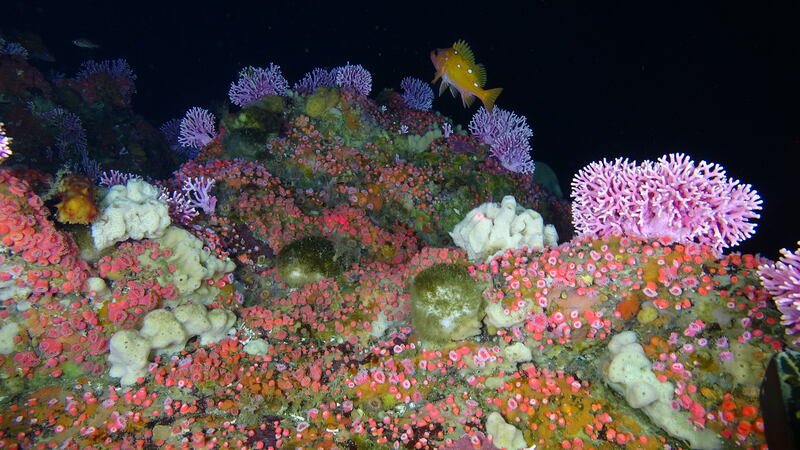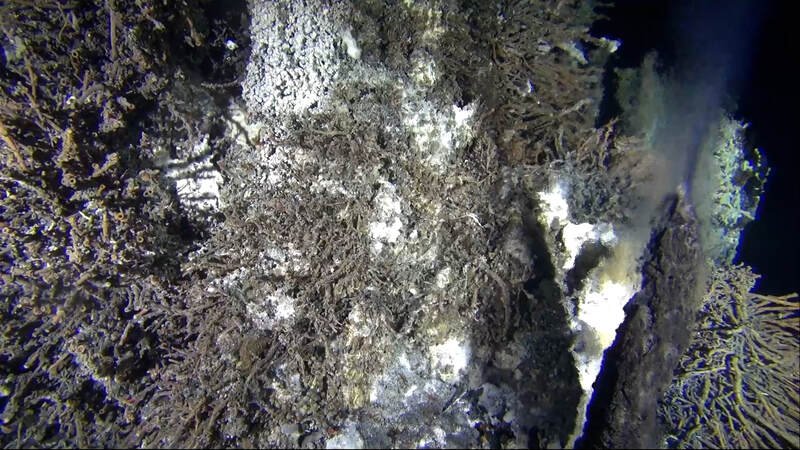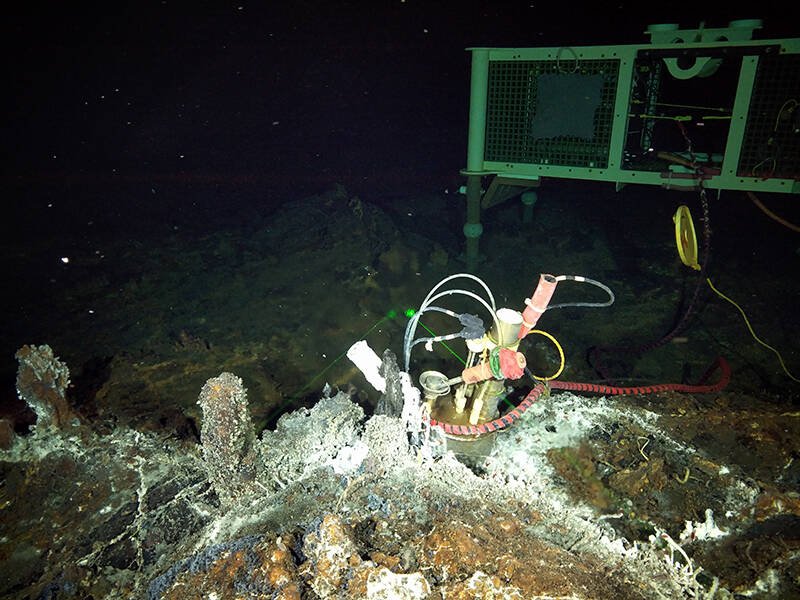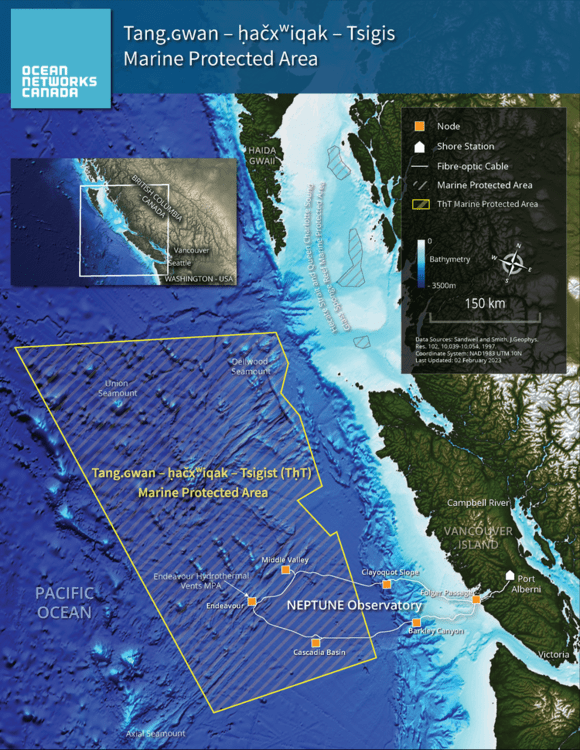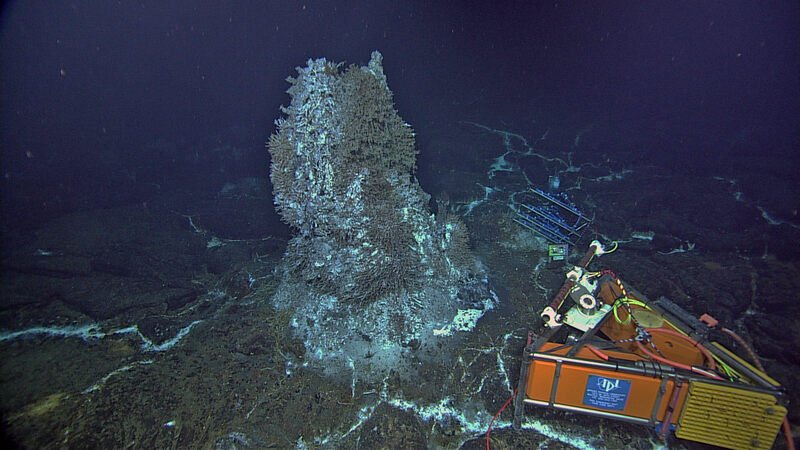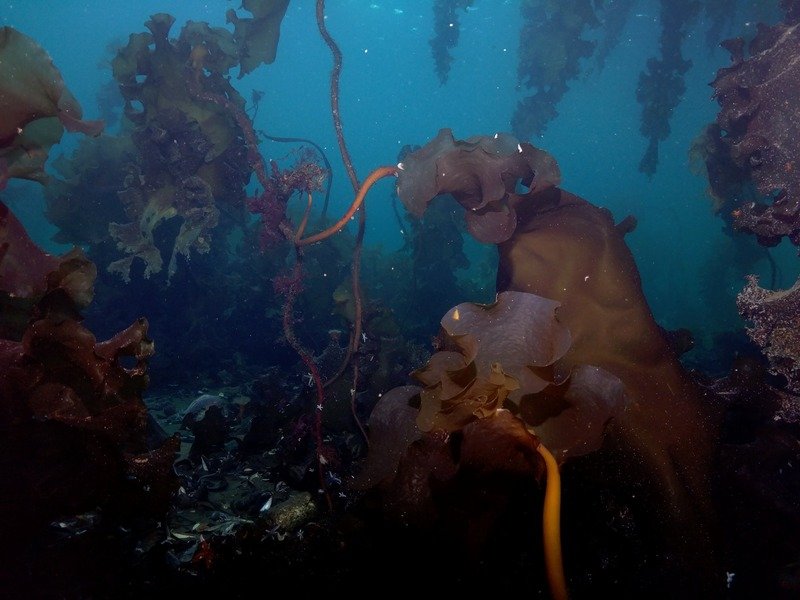From Data to Protection: How Ocean Observatories Influence Marine Protected Areas
Ocean observatories are instrumental in shaping the establishment and management of Marine Protected Areas (MPAs), offering invaluable insights into the world beneath the waves. MPAs serve as crucial havens for preserving the vitality of our oceans, acting as shields against overfishing, habitat degradation, and environmental decline. These designated marine spaces, ranging from open oceans to coastal regions, impose restrictions on specific human activities to ensure the flourishing of diverse marine ecosystems.
In this article, we will delve deeper into the pivotal role of ocean observatories in the world of MPAs. We will explore how these observatories collect essential data, identify priority areas, assess human impact, and monitor the effectiveness of MPAs. Plus, we’ll spotlight a recent development in Canada—the Tang.ɢwan-ḥačxʷiqak-Tsig̱is Marine Protected Area—and how it underscores the critical interplay between ocean observatories and marine conservation.
What Are Marine Protected Areas?
Similar to the protection of onshore areas as national parks or conservation zones, marine protected areas (MPAs) are designated spaces aimed at preserving specific marine life, plants, or natural environments.
Within an MPA, various human activities are often restricted, ranging from activities like underwater drilling to fishing and diving. These restrictions are put in place to safeguard the overall health and biodiversity of the area, address issues such as overfishing and habitat degradation, or to conserve historically significant sites.
The establishment of these limitations can take various forms, including the enactment of laws and regulations, the implementation of voluntary agreements, or the development of codes of conduct.
It's important to note that marine protected areas are not limited to open oceans or deep-sea regions; they can also encompass coastal areas and ecosystems like mangrove forests, coral reefs, and salt marshes.
Why Are Marine Protected Areas Important?
Above: Hydrothermal vents support unique ecosystems and help regulate ocean chemistry and circulation.
Marine protected areas (MPAs) are of paramount importance for various compelling reasons. Firstly, they play a pivotal role in conserving marine biodiversity. By sheltering marine species from the adverse impacts of human activities like overfishing and habitat degradation, MPAs ensure the survival and thriving of diverse marine ecosystems.
Secondly, MPAs act as guardians of critical habitats such as coral reefs, seagrass beds, and mangrove swamps. These habitats serve as essential nurseries, breeding grounds, and sustenance sources for countless marine species, making them indispensable for maintaining overall marine life vitality. Additionally, well-managed MPAs contribute to sustainable fisheries management by serving as reservoirs for fish populations, thereby mitigating overfishing and enhancing catch yields in neighboring areas. These areas offer opportunities for scientific research, allowing scientists to study marine ecosystems in their natural state, and providing invaluable insights into marine biology, ecology, and the impacts of climate change.
Moreover, MPAs hold cultural and historical significance for indigenous communities and coastal populations, preserving cultural heritage and traditional practices. They offer recreational and ecotourism prospects, boosting local economies and promoting awareness of marine conservation.
As centers of education and outreach, MPAs also help raise public awareness about the importance of safeguarding our oceans and their valuable resources for future generations. Economically, while some perceive MPAs as limiting economic activities, they can provide long-term economic benefits by sustaining fisheries, tourism, and other industries dependent on a thriving ocean. Ultimately, MPAs contribute to the broader mission of nurturing a healthier, more resilient global ocean, recognizing the interconnectedness of marine ecosystems and the vital role they play in our world.
How Many Marine Protected Areas Are There?
Source: Protected Planet
There are over 18,000 marine protected areas (MPAs) worldwide and this number continues to grow. These MPAs vary in size, purpose, and level of protection, and they can be found in oceans, seas, and coastal regions across the globe. The expansion of MPAs is a positive sign of global commitment to marine conservation. These protected areas play a crucial role in preserving marine biodiversity, safeguarding critical habitats, and promoting sustainable management of our oceans.
Canada currently boasts 14 Oceans Act Marine Protected Areas, encompassing a vast expanse of over 350,000 square kilometers, which equates to approximately 6% of the country's marine and coastal regions. These MPAs play a pivotal role in fostering the well-being of our marine environment and provide a nature-centered approach to combat the effects of climate change. By safeguarding marine ecosystems, their habitats, and diverse species, these areas serve as essential shields against environmental degradation. Additionally, MPAs are integral to preserving Canada's cultural heritage while simultaneously bolstering the economic vitality of local communities and coastal regions.
What Role Do Ocean Observatories Play in Marine Protected Areas?
Ocean observatories play a pivotal role in influencing the decision-making process for the establishment of marine protected areas (MPAs) in several significant ways:
Data Collection and Research
Ocean observatories provide critical data on marine ecosystems, including information on oceanographic conditions, biodiversity, species distribution, and ecological dynamics. This robust dataset, including imagery from observatory cameras, helps scientists and policymakers gain a deeper understanding of the marine environment, identifying vulnerable areas and key habitats that require protection. Comprehensive data from observatories can serve as a scientific foundation for MPA proposals. Learn more about Ocean Observatory Camera Systems for Long-Term Monitoring and Studies.
Above: The University of Washington operates the Regional Cabled Array (RCA), which is part of the National Science Foundation's Ocean Observatories Initiative (OOI).
Identifying Priority Areas
Through continuous monitoring, ocean observatories can identify areas that are particularly ecologically significant, including those with high species diversity, unique ecosystems, or critical habitats for endangered species. This information can guide decision-makers in determining where MPAs would have the most substantial positive impact.
Assessing Human Impact
Beyond ecological data, observatories collect valuable information on human activities in the marine environment, from fishing and shipping to pollution. This holistic perspective enables the assessment of human impacts on marine ecosystems, facilitating the identification of areas particularly vulnerable to overexploitation or environmental degradation. It further supports evidence-based decisions regarding the restriction or management of specific activities within MPAs.
Monitoring MPA Effectiveness
Once an MPA is established, ocean observatories continue to be valuable tools for monitoring its effectiveness. They can track changes in ecosystem health, including real-time insight captured by observatory cameras, species populations, and environmental conditions within the protected area, providing feedback on whether conservation objectives are being met. This ongoing assessment helps adapt management strategies as needed to optimize protection efforts.
Public Awareness and Engagement
Ocean observatories often engage in public outreach and education efforts to raise awareness about the importance of marine conservation. By providing real-time data and insights into the marine environment, observatories can inspire public support for the creation and maintenance of MPAs, making it easier for policymakers to garner public backing for these initiatives.
International Collaboration
Ocean observatories are part of a global network of research institutions and initiatives. They facilitate collaboration and data sharing among countries and organizations, enabling the exchange of best practices and the development of a more comprehensive understanding of marine ecosystems. This global perspective can inform international discussions and agreements related to MPAs and marine conservation.
Canada’s Newest Marine Protected Area
Image Credit: Ocean Networks Canada
Canada is set to announce a new MPA off the coast of Vancouver Island, known as the Tang.ɢwan-ḥačxʷiqak-Tsig̱is MPA, covering 133,000 square kilometers. This MPA is four times the size of Vancouver Island and has been in development since before 2016. The MPA is significant as it moves Canada 2.31% closer to its goal of protecting a quarter of its ocean territory by 2025.
The marine protected area is named after underwater mountains and sea monsters in a blend of different First Nations' languages. Indigenous communities, including the Haida, Quatsino, and Nuu-chah-nulth nations, will participate in its management.
NEPTUNE Ocean Observatory
The area has seen a surge in discoveries, including more than 45 seamounts, deep-sea hydrothermal vents, and methane seeps, which are vital ecosystems. Many of these discoveries were made thanks to the NEPTUNE Ocean Observatory, operated by Ocean Networks Canada (ONC).
This world's first regional-scale ocean observatory provides real-time data and observations accessible via the Internet, offering a comprehensive view of the marine environment. Equipped with a diverse array of sensors and instruments, including multiple SubC Imaging Observatory Cameras, NEPTUNE monitors parameters such as ocean chemistry, temperature, salinity, currents, seismic activity, and marine life. It relies on a network of submarine cables to transmit data to onshore data centers, facilitating research on ocean circulation, biodiversity, seismic events, and climate change impacts. Beyond its scientific contributions, NEPTUNE serves as an educational resource and collaborative hub, fostering a deeper understanding of the oceans and their vital role in our world.
While this new MPA offers protection to unique ecosystems, it faces threats from deep-sea mining, which could have devastating environmental consequences. Conservationists hope for restrictions on activities within the MPA to ensure effective protection. The announcement represents a significant step toward safeguarding marine biodiversity and habitats in Canada's waters.
Conclusion
Ocean observatories play a pivotal role in shaping MPAs. These designated marine spaces serve as vital sanctuaries, safeguarding marine life and critical habitats, from open oceans to coastal ecosystems. Ocean observatories, equipped with camera systems, provide essential data for MPA establishment, identify priority areas, assess human impact, and monitor MPA effectiveness. They also raise public awareness and foster international collaboration. The Tang.ɢwan-ḥačxʷiqak-Tsig̱is MPA off Vancouver Island exemplifies this synergy, with Indigenous communities engaged in its management. These observatories will remain key to effective marine conservation.

